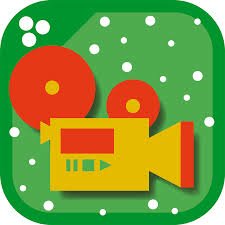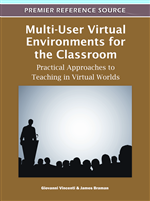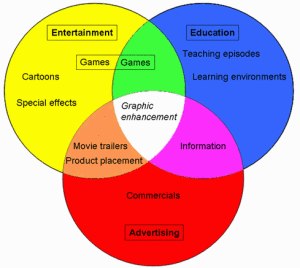Entertainment-based eLearning
Educational engagement is nothing new. For millenniums teachers have been using various forms of engagements to educate their students in proactive entertaining formats. The earliest recorded form of education entertainment is the morality play. The early Greeks used the morality play to convey the societal concepts of right and wrong and operas such as Mozart’s “The Magic Flute” and “Don Giovanni” depict damnation for lapses in morality.
Early in the 20th century silent movies taught millions of new U.S. immigrants to read and write English and millions of children around the World are first introduced to moving images that educate on Sesame Street. Most of us born after 1980 know “Bill Nye the Science Guy” and Kids born after 1990 know iCarly which introduced many to computer networking. The most contemporary example of entertainment-based learning is the movie “The Martian” staring Matt Damon. A curriculum is being developed for use in the natural science classroom.
The most commonly used form of education engagement is the educational video game. Other forms of educational engagement include music, lyrics (poems), dance (movement) episodic elements (serials), dramatic enactments (scene plays) and graphic novels (comic books). Each educational engagement element is used for the various student learning styles (see Personalized/Blended-based eLearning) including spatial, kinesthetic and musical learning.
 Most education engagement elements are in short-form supplement formats (about 10 minute in length) so they can fit into the 40 minute classroom period. The long-form elements (about 30 minutes in length) are developed mostly as homework supplements or drama club enactments because they can’t fit into a normal classroom period.
Most education engagement elements are in short-form supplement formats (about 10 minute in length) so they can fit into the 40 minute classroom period. The long-form elements (about 30 minutes in length) are developed mostly as homework supplements or drama club enactments because they can’t fit into a normal classroom period.
Digital Storytelling (See: Screencasting & Digital Storytelling) is a major platform used in the delivery of education engagement supplements. It covers a range of digital narratives including most of the engagement supplements listed below such as web-based stories, interactive stories, hyper-texts, and narrative computer games. It is also used to refer to educational film-making in general and is now used to describe advertising and promotion efforts by commercial and non-profit enterprises.
The following are the most common types of Education Engagement Supplements:
- Graphic Novels (comic books)
- Educational Computer Games and Puzzles
- Education Animations
- Art
- Music
- Lyrics
- Poetry
- Dramatic Curriculum Enactments
- Dance
- K-12 Episodics
The Time Continuum
Educational Engagement Supplements have to be designed to fit into the inflexible time constraints of the school calendar. The school day is divided into class periods, and this division limits lesson length. Furthermore, the combination of standards and the scope and sequence tied to core curriculum create “coverage” requirements that place practical limits on the number of lessons that can be devoted to a single topic.
Nearly all supplements fall from short-form to long-form with a distinction based on fitting in a class period. Most supplements don’t fit a class period. School supplements should finish quickly and speed up learning. When marketing supplements in the K-12 space, it’s important knowing how they fit into the school curriculum and school schedules.
Dozens of different kinds of supplements, ranging from three-minute apps to open, immersive Multi-User Virtual Environments (MUVEs) that involve lengthy game playing fall within the short and long forms. In addition to the length of play, the mechanics of a supplement experience varies broadly, with simple “add-on” reward systems falling typically at the short end of the time constraints and more complex, multiple-path, role playing supplements falling at the long end. In longer-form supplements the mechanics are typically intrinsic to the learning experience rather than placed at the end of or external to the supplement. The “time” factor is relevant both for ease of entry into the K-12 space as well as for evaluating learning outcomes for different types of supplements.
There is no reason why students can’t obtain the skills and qualities students need, based on the Common Core State Standards, to be really ready for college and careers through the augmentation of educational entertainment learning. Teachers will get a multiple of new practical strategies and techniques for bringing each learning skill to life in the classroom—across the curriculum and for different grade levels. Go beyond the old and embrace the new… equip students for success!


Recent Comments